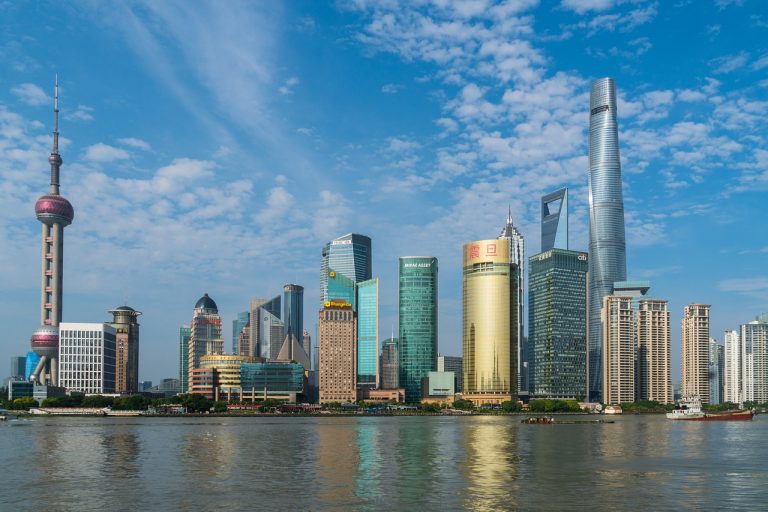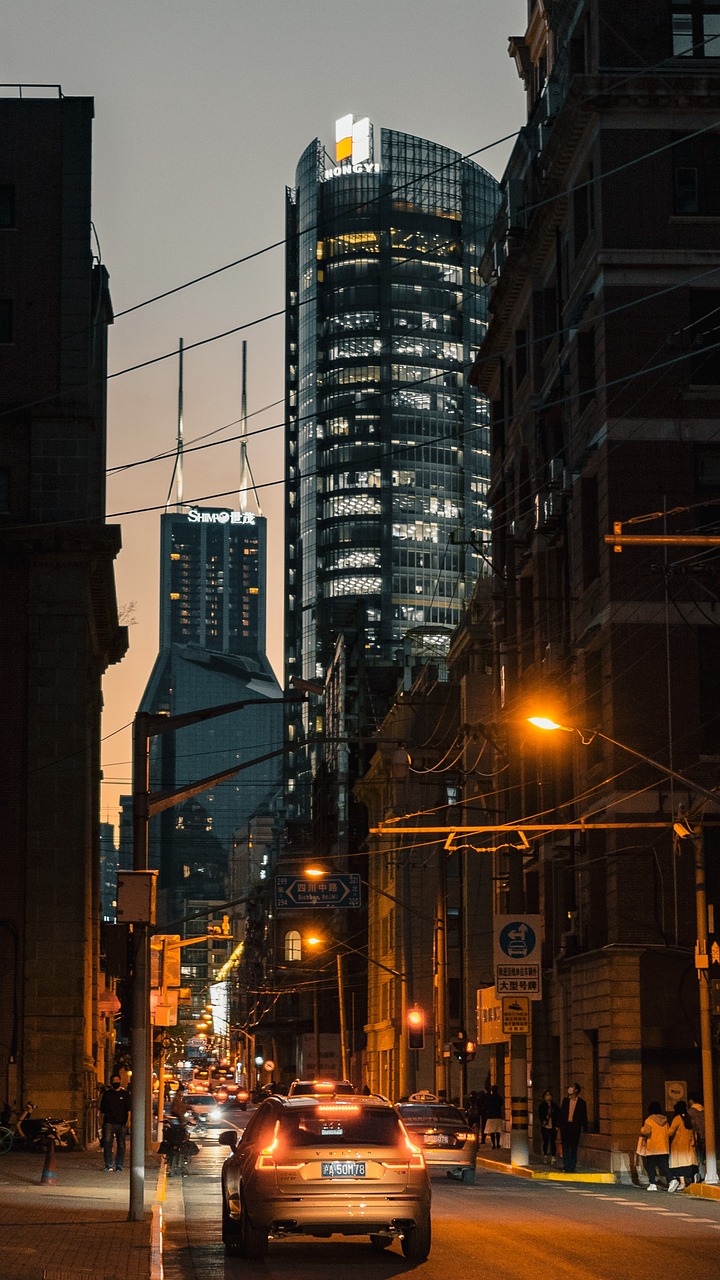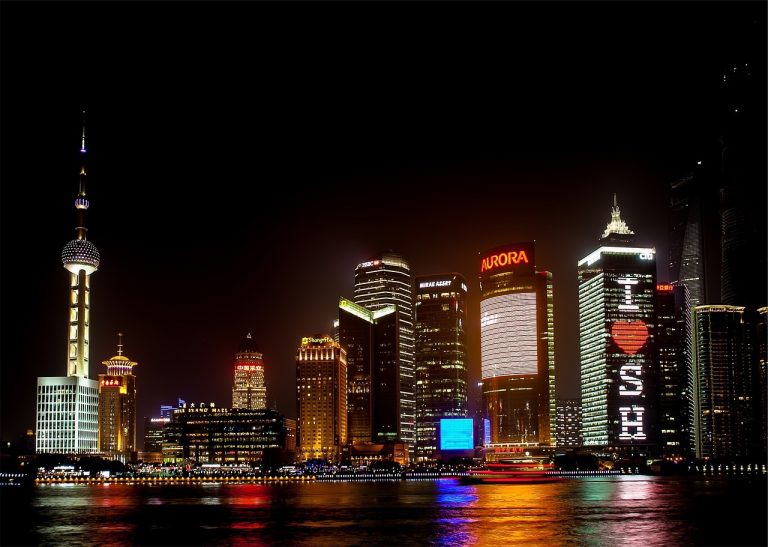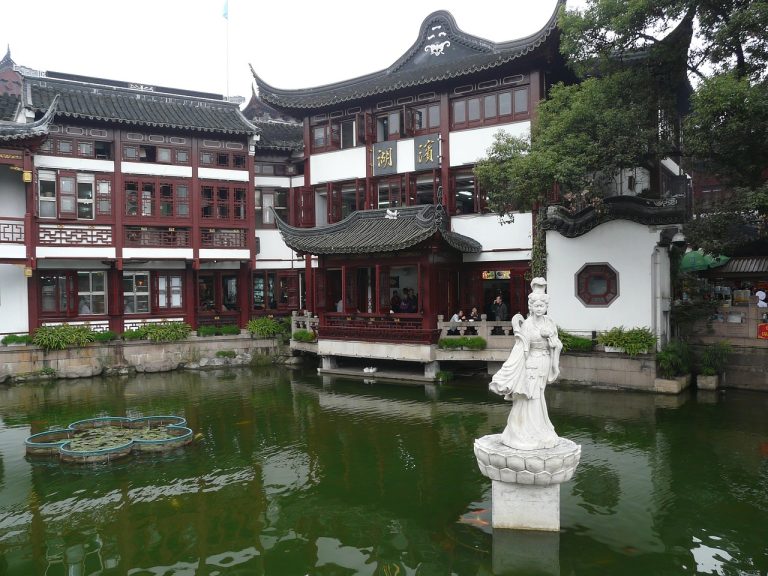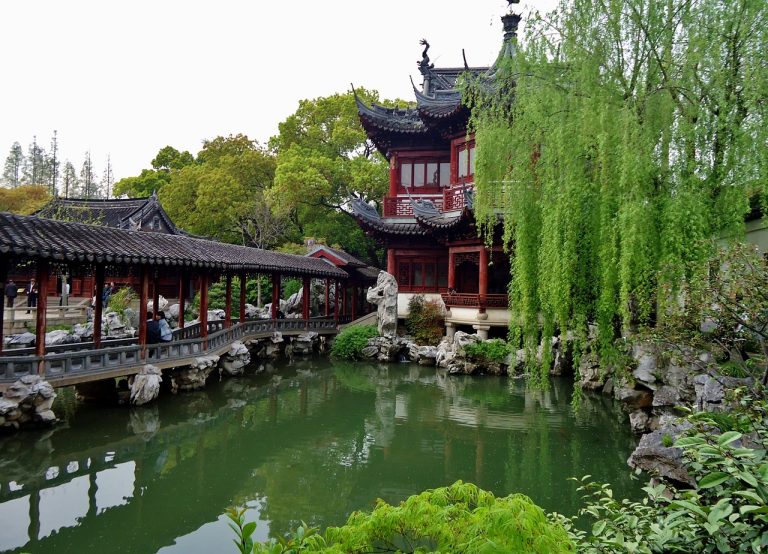Shanghai China Video
Historical Treasures of Shanghai China: Reliving the Past
Shanghai, the largest city in China, is not only known for its modern skyline and bustling economy but also for its rich historical treasures. The city’s history dates back centuries, and it has witnessed the rise and fall of dynasties, colonization, and the birth of modern China. Exploring the historical treasures of Shanghai allows visitors to step back in time and experience the city’s vibrant past. From ancient temples to colonial-era buildings, Shanghai offers a diverse range of historical sites to explore.
The Bund: A Glimpse into Shanghai’s Colonial Past
The Bund is one of Shanghai’s most iconic landmarks and a testament to its colonial past. Located along the Huangpu River, The Bund features a row of historic buildings that showcase various architectural styles, including Gothic, Renaissance, and Art Deco. These buildings were constructed during the late 19th and early 20th centuries when Shanghai was under foreign occupation. Today, The Bund is a popular tourist destination, offering stunning views of the city skyline and a glimpse into Shanghai’s history.
- Huangpu Park: Situated at the northern end of The Bund, Huangpu Park is the oldest park in Shanghai. It offers a tranquil escape from the bustling city and provides panoramic views of the river and The Bund.
- Customs House: The Customs House is a neoclassical building that served as the headquarters of the Shanghai Customs during colonial times. It now houses the Shanghai History Museum, where visitors can learn about the city’s history and development.
- Peace Hotel: Formerly known as the Cathay Hotel, the Peace Hotel is a famous Art Deco building that has been a symbol of luxury and elegance since its opening in 1929. It has hosted numerous celebrities and continues to be a prestigious landmark in Shanghai.
Yu Garden: A Tranquil Oasis in the Heart of Shanghai
Located in the Old City of Shanghai, Yu Garden is a classical Chinese garden that dates back to the Ming Dynasty. It was built in the 16th century by a high-ranking government official and served as his private retreat. Today, Yu Garden is open to the public and offers a serene escape from the bustling city.
- Exquisite Pavilions: The garden features several pavilions, each with its unique architectural style and purpose. The Huxinting Tea House, located in the middle of a picturesque pond, is a popular spot for enjoying traditional Chinese tea.
- Zigzag Bridge: The Zigzag Bridge is a distinctive feature of Yu Garden. It is believed that evil spirits can only travel in straight lines, so the bridge’s zigzag design helps to keep the garden protected.
- Rockeries and Ponds: Yu Garden is known for its intricately designed rockeries and ponds, which symbolize mountains and lakes in miniature form. These features create a harmonious balance between nature and human-made structures.

Jing’an Temple: A Spiritual Haven in the City
Jing’an Temple is one of Shanghai’s most important Buddhist temples and dates back over 780 years. It has undergone several reconstructions throughout history but remains a significant spiritual and cultural site in the city.
- Main Hall: The main hall of Jing’an Temple houses a large statue of the Buddha and is adorned with intricate carvings and colorful paintings. It is a place of worship and meditation for Buddhists.
- Jade Buddha Hall: This hall is home to two precious jade Buddha statues brought from Myanmar. The statues are carved from a single piece of white jade and are considered sacred by Buddhists.
- Bell Tower and Drum Tower: The temple complex also includes a bell tower and a drum tower, which were traditionally used to mark the passage of time and announce religious ceremonies.
Shanghai Museum: Exploring China’s Ancient Art and Culture
The Shanghai Museum is a must-visit for art and history enthusiasts. It houses a vast collection of ancient Chinese artifacts, including ceramics, calligraphy, paintings, sculptures, and jade carvings.
- Ancient Ceramics: The museum showcases a wide range of ancient ceramics, including delicate porcelain from the Song and Ming dynasties. These ceramics provide insights into China’s rich artistic heritage.
- Bronze Collection: Visitors can marvel at the museum’s extensive collection of ancient bronze artifacts, which were used for various purposes, such as ritual ceremonies and daily life.
- Calligraphy and Painting Galleries: The museum’s calligraphy and painting galleries display masterpieces from different periods of Chinese history, showcasing the evolution of these art forms.
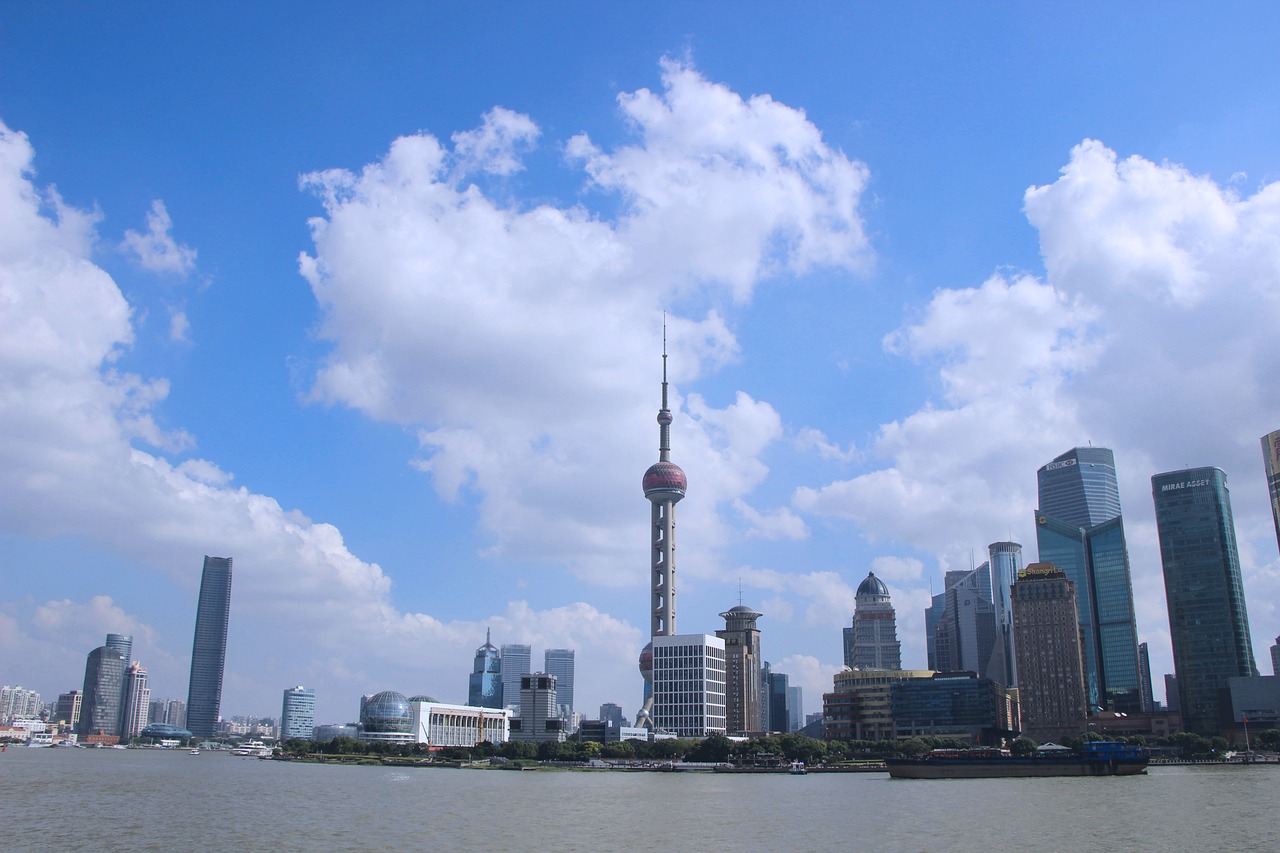
Tianzifang: A Quaint Corner of Old Shanghai
Tianzifang is a vibrant arts and crafts enclave nestled in the narrow lanes of Shanghai’s former French Concession area. It is known for its narrow alleyways, traditional Shikumen houses, and unique boutiques.
- Art Galleries: Tianzifang is home to numerous art galleries where visitors can admire and purchase works by local artists, including paintings, sculptures, and photography.
- Handicraft Stores: The area is dotted with charming stores selling handmade crafts, ceramics, jewelry, and traditional Chinese souvenirs.
- Cafes and Restaurants: Tianzifang offers a plethora of dining options, from cozy cafes to upscale restaurants. Visitors can savor both local and international cuisines.
Longhua Temple: A Sacred Buddhist Site
Longhua Temple is one of the oldest and most significant Buddhist temples in Shanghai. It was first built in the 3rd century and has since been reconstructed multiple times. The temple complex features traditional Chinese architecture and serene gardens.
- Pagoda: The highlight of Longhua Temple is its seven-story pagoda, which offers panoramic views of the surrounding area. The pagoda is a symbol of Shanghai’s rich Buddhist heritage.
- Hall of Heavenly Kings: The Hall of Heavenly Kings houses statues of the Four Heavenly Kings, who are considered protectors of Buddhist teachings.
- Buddhist Statues: Longhua Temple is home to numerous Buddhist statues, including a large statue of the Maitreya Buddha, the future Buddha of compassion.

Shanghai Old Street: Exploring Traditional Chinese Architecture
Shanghai Old Street, also known as Fangbang Road, is a historic street that showcases traditional Chinese architecture. It is lined with shops selling traditional goods and is a great place to experience the charm of old Shanghai.
- Shikumen Houses: Shanghai Old Street is famous for its Shikumen houses, a unique style of architecture that combines Western and Chinese elements. These houses feature stone gateways and courtyard entrances.
- Local Delicacies: The street is a haven for food lovers, offering a wide range of traditional snacks and delicacies. Visitors can sample popular dishes like xiaolongbao (soup dumplings) and tangyuan (glutinous rice balls).
- Souvenir Shops: Shanghai Old Street is an ideal place to buy souvenirs and traditional Chinese crafts, including silk products, calligraphy brushes, and traditional clothing.
Shanghai Urban Planning Exhibition Center: Unveiling the City’s Development
The Shanghai Urban Planning Exhibition Center provides insights into the city’s urban development and future plans. It features interactive exhibits, models, and multimedia presentations that showcase Shanghai’s transformation over the years.
- City Model: The center houses a large-scale model of Shanghai, offering a comprehensive overview of the city’s layout and architectural landmarks.
- Historical Exhibits: Visitors can learn about Shanghai’s history and how it has evolved into a global metropolis through informative displays and historical photographs.
- Future Plans: The exhibition center also presents Shanghai’s ambitious urban development plans, including proposed architectural projects and infrastructure improvements.
Conclusion
Exploring the historical treasures of Shanghai allows visitors to delve into the city’s rich past and gain a deeper understanding of its cultural heritage. From the colonial-era buildings along The Bund to the tranquil gardens and temples, Shanghai offers a diverse range of historical sites to explore. Each location has its unique charm and significance, contributing to the vibrant tapestry of the city’s history. By immersing oneself in these historical treasures, one can truly relive the past and appreciate the beauty of Shanghai’s cultural heritage.
References
- Shanghai Urban Planning Exhibition Center: shanghai-urban-planning-exhibition-center.cn
- Shanghai Museum: shanghaimuseum.net
- Yu Garden: yugarden.com
- Jing’an Temple: jingantemple.com
- The Bund: thebundshanghai.com
- Tianzifang: tianzifang.cn
- Longhua Temple: longhua-temple.com
- Shanghai Old Street: shanghaioldstreet.com


